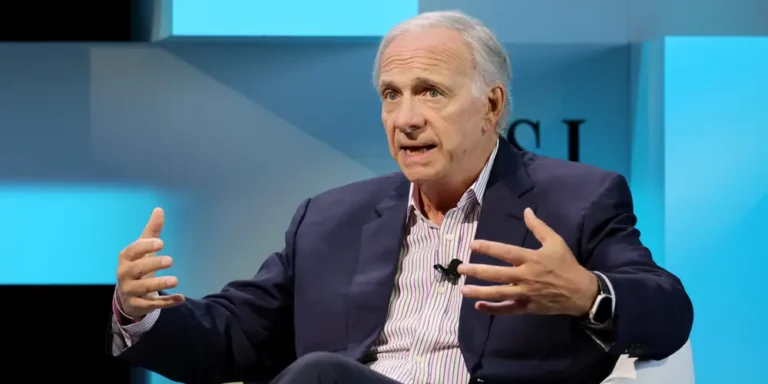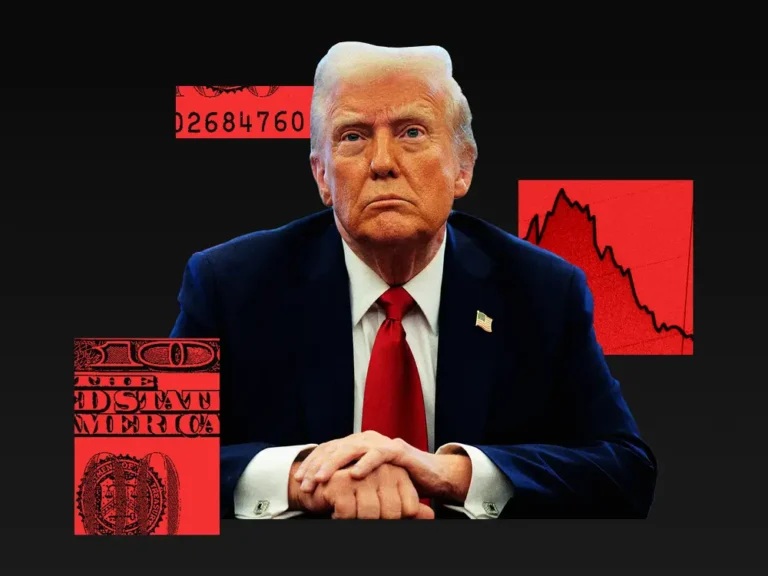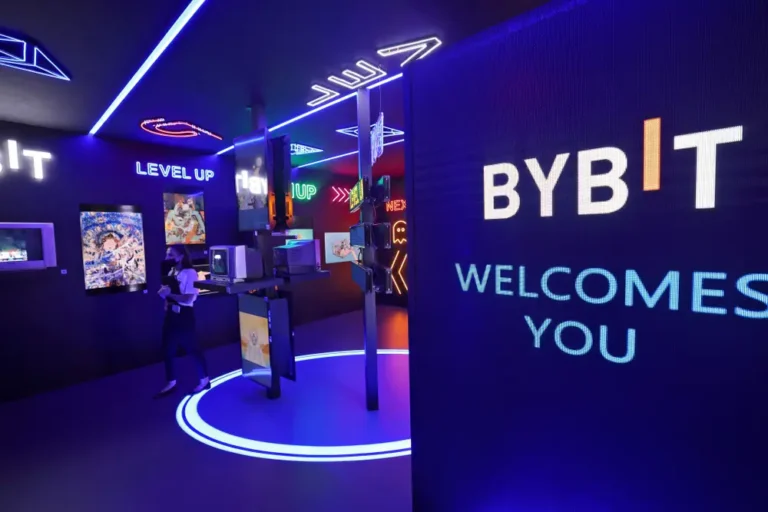Uber Eats to accept food stamps in push to expand accessibility
Uber Technologies Inc. intends to allow participants in federal nutrition and health care assistance programs to pay for food delivery with government benefits, following in the footsteps of competitors such as Amazon.com Inc. and Instacart in making online shopping more accessible.
Participants in the US Supplemental Nutrition Assistance Program will be able to order food and groceries from the Uber Eats App beginning next year, the San Francisco-based company announced on Wednesday. It is also collaborating with Managed Medicaid and Medicare Advantage plans to accept FSA cards, Flex cards, and state waiver payments for food orders.
According to Therese Lim, senior director of the grocery and new verticals product at Uber Eats, the product updates are part of Uber’s efforts to increase affordability and access to fresh and healthy food. “We know that food access is critical, especially for underserved communities, food-insecure areas, or individuals with disabilities or, frankly, who lack access to transportation to grocery stores.”
According to agency data, SNAP is the largest food assistance program in the United States, with more than 40 million people receiving benefits in June. The USDA has been expanding a program that began in 2019 to make it easier for food stamp recipients to shop online. Walmart Inc. and Amazon were early supporters of the project, and Instacart plans to expand the number of stores accepting online payments from SNAP recipients in 2021.
Uber’s announcement follows Instacart’s $660 million IPO on Tuesday under the official name Maplebear Inc., demonstrating investor interest in the online grocery business. With nearly 263 million orders in 2022, Instacart is the largest online grocery-delivery company in the United States, but growth has slowed in the first half of this year as consumers return to in-person shopping.
Uber launched the Uber Eats app in 2015 and added groceries three years later, assisting the company in surviving the pandemic in which ride-hailing fell and demand for meals and groceries increased. The delivery unit now accounts for roughly half of the total gross bookings for the company.
Uber Eats, which is available in 31 countries, has a $6 billion annual run rate in non-restaurant gross bookings. According to the first-half revenue disclosed in the company’s IPO prospectus, Instacart has an annual run rate of about $2.14 billion.
Uber also confirmed plans to launch an AI chatbot later this year to provide guidance to food-delivery customers and help them place orders more quickly. Bloomberg first reported on the upcoming feature in August. It will first be available in the United States, Canada, the United Kingdom, Australia, and New Zealand before going global next year.
Users will receive meal or recipe suggestions by asking the chatbot questions like “show me spicy Thai dishes under $20” or “show me 3 meals for the week for less than $100 in groceries,” and will then order the necessary items in the same interface.
Conversational AI is also being used more in consumer-facing products by Instacart and DoorDash.
Uber has made investments to improve machine prediction in other parts of the app, according to Lim. This includes gathering massive amounts of data for each food item so that the app can make appropriate replacement suggestions when something is out of stock or provide reorder recommendations when a similar product that a user previously ordered is available at another retailer where they are shopping.






